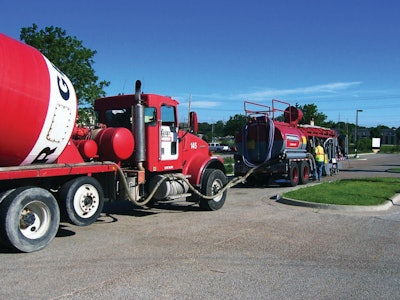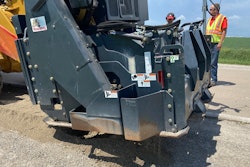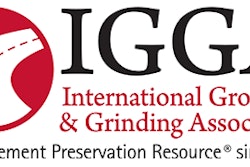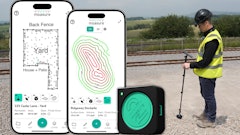
One of the oldest concrete parking lot installations in the Greater Kansas City metropolitan area belongs to Geiger Ready Mix, Inc., a ready mix concrete producer. Pervious concrete, a mix of narrowly graded coarse aggregate, cement, water and little, if any, fine aggregate, is a highly permeable pavement that captures rainwater and allows it to pass through the concrete and percolate into the underlying soil. Mimicking natural groundcover by allowing filtered storm water to recharge the groundwater, the method helps minimize storm water runoff and reduces or eliminates the need for on-site detention ponds. Requiring limited maintenance, the ideal application for pervious concrete pavement is around buildings and parking areas, as well as low-volume roadways such as residential streets.
For the Greater Kansas City area, pervious pavement has been used on more than 20 projects ranging from sidewalks and building walkways to parking lots, as well as a residential street application. This particular project for Geiger Ready Mix was constructed early in the development of pervious concrete mixtures and did not benefit from substantial mixture proportioning research for freeze-thaw climates and construction that has been subsequently performed. Unfortunately, because of variability in the construction and curing process of this parking lot, there was visible differential surface raveling. With a structurally and hydraulically sound pavement, it became a prime candidate for surface rehabilitation. To this end, diamond grinding was a logical choice to improve ride and surface characteristics.
As the first recipient of a diamond grinding application on a pervious pavement surface in the region, there were lessons learned throughout the process. Where depth of raveling exceeded the grinding depth, loose particles remained, which made matching elevation of grinding passes difficult. The concrete grinding residue vacuum removed the vast majority of the ground and loose particles. During the vacuuming process, some of the particles were pushed into the adjacent freshly ground surface. To avoid this, vacuuming or sweeping prior to the diamond grinding process is recommended to reduce the number of loose particles left on the surface. Further, pressure washing, vacuuming or sweeping following diamond grinding is also recommended to create a new surface look. Construction took place in the summer of 2011 and was completed in approximately two hours from start to finish.
John Kevern, Assistant Professor at the University of Missouri, has years of experience with pervious pavement applications and is known as the local expert on the subject. According to Kevern, the surface grinding was a success. During construction, the loose or irregular pavement was removed and left with a smooth durable surface.
The results showed that diamond grinding is a viable method to improve surface characteristics of pervious concrete pavement and can restore permeability and rideability.
"There are many pervious concrete installations for one reason or another that are structurally and hydraulically functional, but have loose, unattractive surfaces," said Kevern. "Surface grinding is now an option for restoring the pavement without a complete removal and replacement."
The International Grooving and Grinding Association (IGGA) is a non-profit trade association founded in 1972 by a group of dedicated industry professionals committed to the development of the diamond grinding and grooving process for surfaces constructed with Portland cement concrete and asphalt. In 1995, the IGGA joined in affiliation with the American Concrete Pavement Association (ACPA) to represent its newly formed Concrete Pavement Restoration Division. The IGGA/ACPA CPR Division now serves as the technical resource and industry representative in the marketing of optimized pavement surfaces, concrete pavement restoration and pavement preservation around the world. The mission of the International Grooving and Grinding Association (IGGA) is to serve as the leading promotional and technical resource for acceptance and proper use of diamond grinding and grooving as well as Concrete Pavement Preservation (CPP) and restoration. For more information, visit www.igga.net.



















